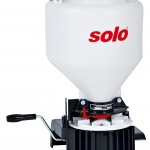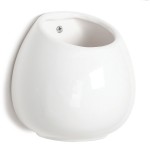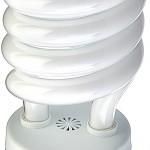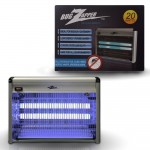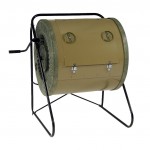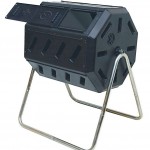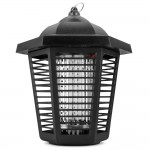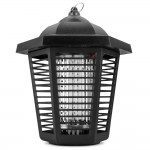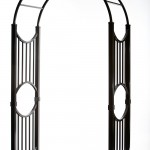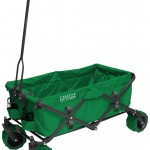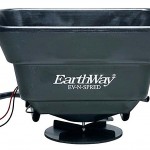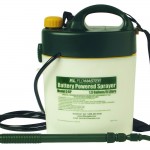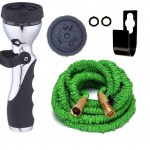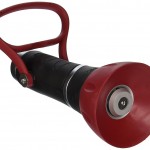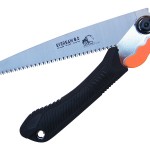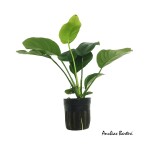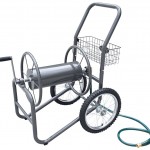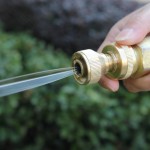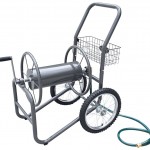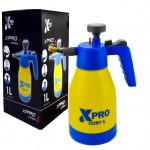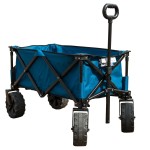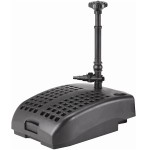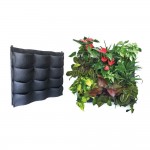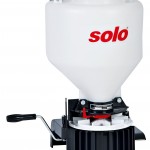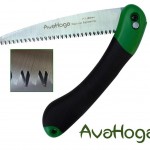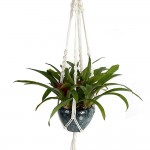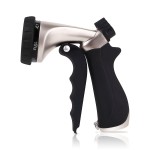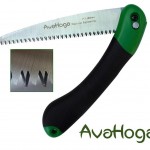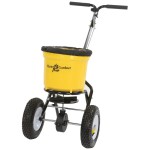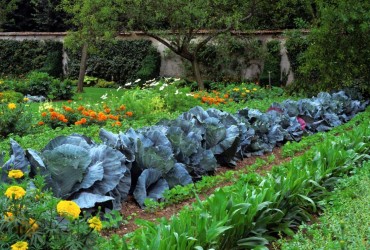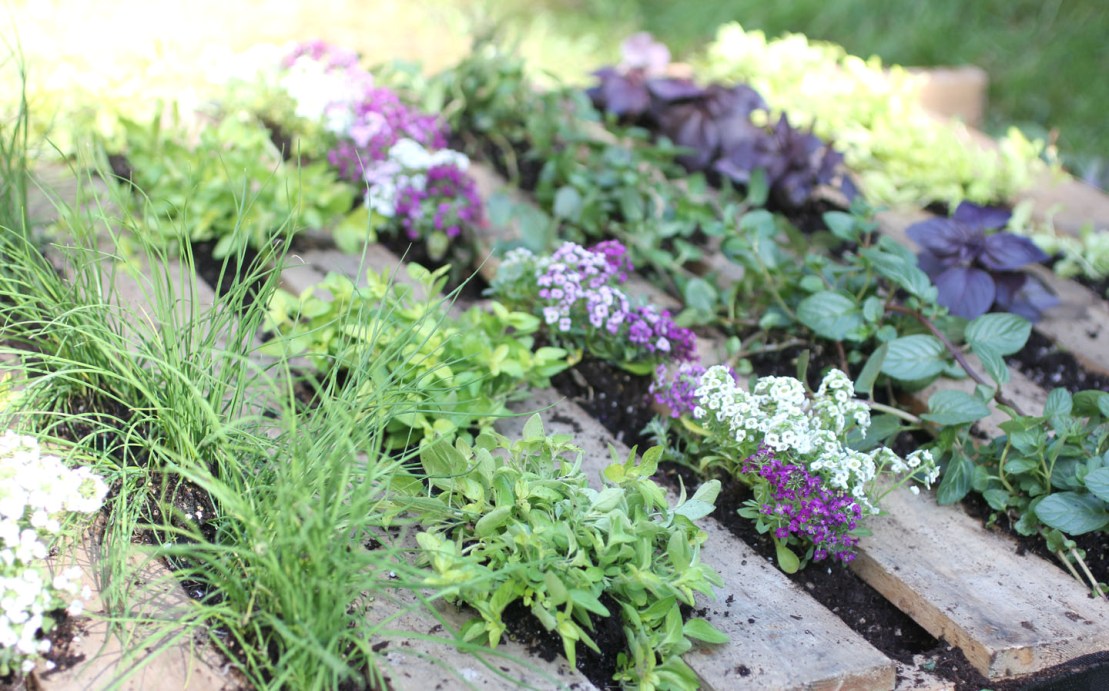
Herbs are very easy to grow with a little sunshine, soil that drains well, some watering, and a little fertilizer or compost. Herbs can be grown in pots; however, the plants always prefer to be in the ground where they can spread out. Some plants grow quite large (4-6 feet), and when placed in pots they can become stunted and can get stressed, which causes them to be very unhappy.
Main Thing Necessary To Grow Herbs is to Put Them in The Right Place
The main requirement for growing Herbs is growing them in the proper location. Most prefer full sun as long as regular summer temperatures don’t rise above 90 degrees. If you have very warm summers, then consider planting in and area that gets morning sun and afternoon shade in the summertime, or a place that receives filtered light (such as under a tree that allows some light to pass through). Check the area several times during the day to make sure that there are at least four hours of sun. (e.g., 8 to 12, 12 to 4, or from 9 to 11 and 2 to 4).
Planting Herbs
For planting Herbs, you need approximately 1 to 4 feet in diameter for each plant, depending on the plant. Here are some general guidelines for plant sizes:
- 3-4 feet – Rosemary, Sage, Mints, Oregano, Marjoram
- 2 feet – Basils, Thyme, Tarragon, Savory
- 1 foot – Cilantro, Chives, Dill, Parsley
Prepare The Soil
Next, you need to prepare the soil. Digging with a large garden fork loosens soil that has become compacted over the years. This allows water to drain and creates space for plant roots to reach down into the soil. This is the most important step–shortcuts here are disastrous for your plants. Adding compost to your soil, about an inch or so on top and then mixing it into the soil, helps prevent drainage problems and adds fertilizer to the garden.
The Final Step is to Plant Healthy, Strong Plants and Water Them As They Get Dry
The final step is to plant healthy, strong plants and water them when they become dry. Most Herbs like to be watered as soon as the soil located a couple of inches below the surface is dry to the touch. Since temperatures and humidity cause drying times to vary every week, you must check the soil often. Do not over-water. More water is not better and can lead to diseases or just poor growing conditions for your Herbs, which will result in reduced growth.
Harvesting
For harvesting, you simply cut off about 1/3 of the branches when the plant reaches at least 6-8″ tall. By cutting close to a leaf intersection, your plants will regrow very quickly. Some plants, such as parsley, grow new leaves from their center. In this case the oldest branches need to be completely removed, leaving the new tiny branches growing from the center. This becomes clearer as you watch your plants grow and mature.
Herb Gardening in Containers
Herbs are much easier to grow than many houseplants. All you need is a sunny, warm place and containers large enough for your plants to grow. Sunny decks, patios, and other such areas are great for container gardening. By growing Herbs in containers, you save yourself the difficulty of digging that starting a garden plot requires.
However, if you are lucky enough to have a great location for a garden, and you like to work outdoors, remember that your plants always prefer to be in the ground. Some plants grow quite large and do much better in the ground for that reason alone. Container gardening requires diligent watering and regular feeding, but it can be easy and fun.
The Main Things You Will Need Are:
- Large Pots (clay or plastic) 8″ to 18″ in diameter (It is a good idea to combine several herbs that have the same watering requirements into a single container)
- Good Potting Soil (enough to fill your pots)
- Plant fertilizer (Organic herb or vegetable fertilizer is recommended)
- Watering Can or Hose
For planting Herbs, you need to allow for at least 8″ in diameter for each plant. Later you may want to transplant to larger pots because the Herbs will outgrow their pots over time. (Basils can grow to over 2 1/2 feet high.)
First, prepare your container by filling it with good potting soil and add fertilizer according to the directions on the package for herbs or for most vegetables. Moisten the potting soil by mixing in water until the soil feels damp all the way through. Place the pot on a saucer, if you need to protect your deck or table, and you are ready to plant.
Next, dig holes large enough for each plant. Release the plants from their starter containers by turning them upside down, tapping the bottom, and gently pulling on the base of the stems until the plant comes out of the container.
Place the plant in the hole and gently press soil around the edges to fill. Water the plant immediately after planting; afterward, water them only when the soil gets dry to the touch. Over-watering can be just as bad for Herbs as under-watering.
Plants should get at least four hours of sunshine per day (certain plants appreciate a bit of shade in the hot summer months during the afternoon hours). They can grow with less sunshine, but they will not grow as well. For harvesting, you simply cut off about 1/3 of the branches when the plant reaches at least 6-8″ tall. By cutting close to a leaf intersection your plants will regrow very quickly.
